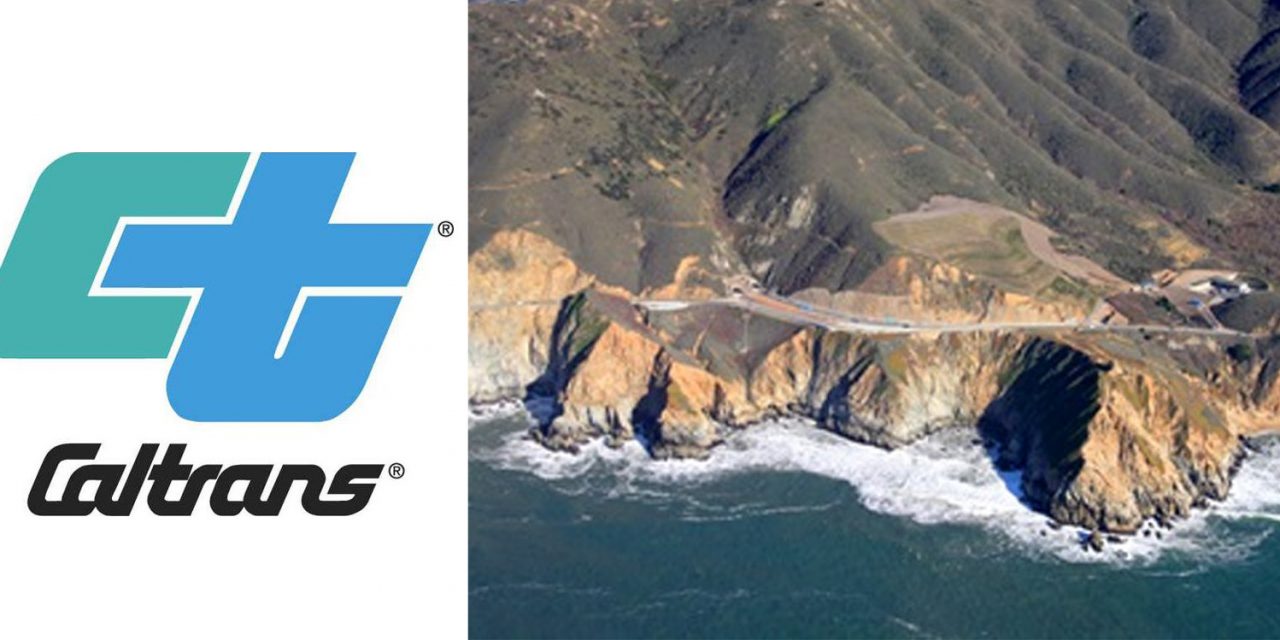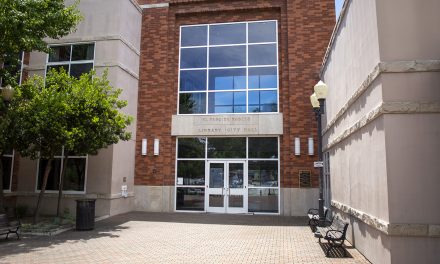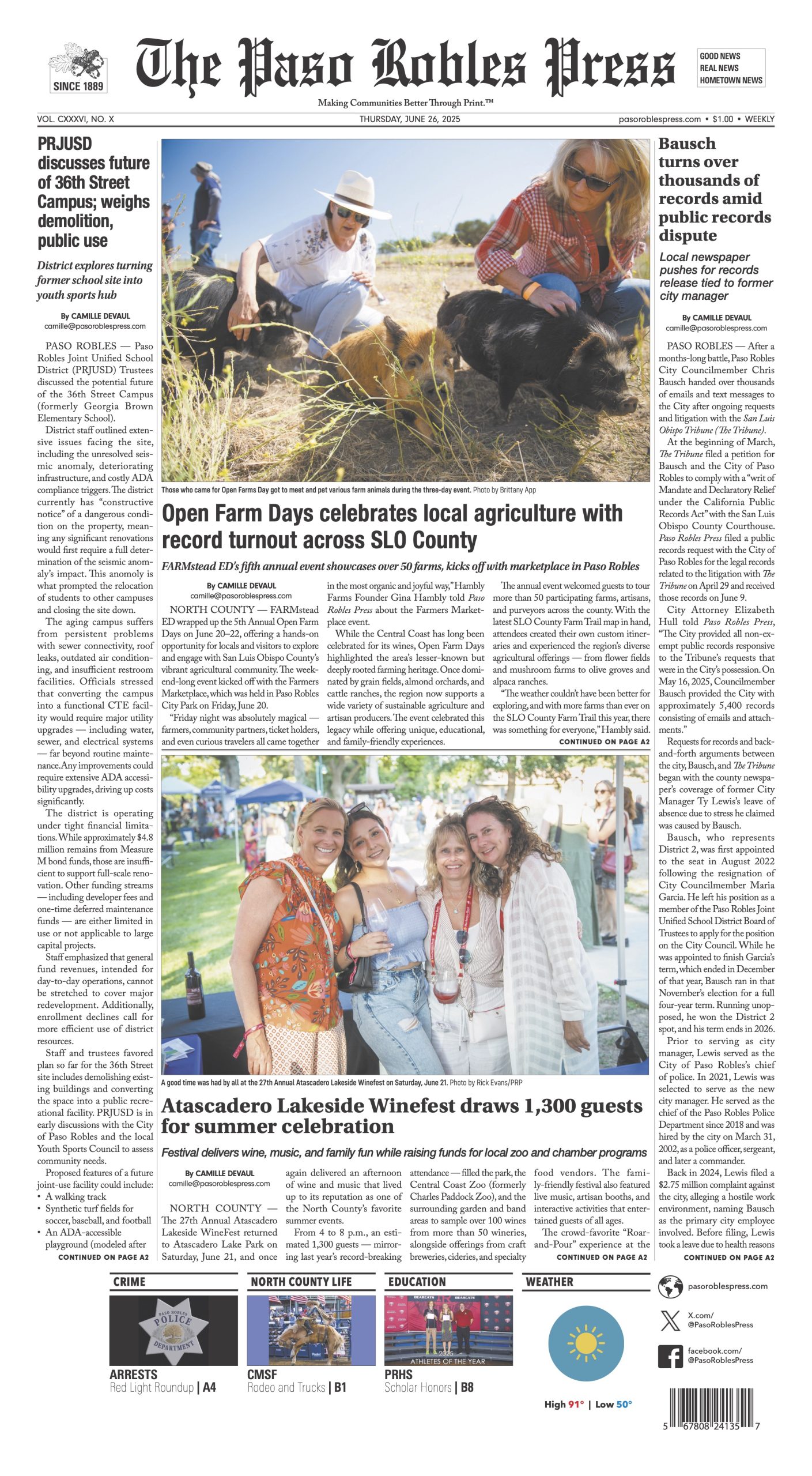MONTEREY COUNTY — The California Department of Transportation (Caltrans), The Nature Conservancy, the Association of Monterey Bay Area of Governments (AMBAG) and Virtual Planet Technologies today announced the release of an innovative virtual reality app, Sea Level Rise Explorer, that is playing a key role in addressing sea-level rise on Highway 1 along Elkhorn Slough.
The app marks the first time Caltrans is using an immersive visualization tool to address sea-level rise and evaluate mitigation options for a major highway in the state. The project builds on Caltrans’ effort to enhance the resilience of both transportation infrastructure and coastal habitats to the threats of climate change. The department relocated Highway 1 inland near Hearst Castle in 2017 after coastal erosion threatened its viability.
“Not taking action is not an option,” said Caltrans Director Toks Omishakin. “Due to sea-level rise, we know this section of Highway 1 near Moss Landing and other coastal routes are vulnerable, so Caltrans has made climate action a primary goal. We are making our state transportation system more resilient and sustainable.”
As early as 2030, an eight-mile section of Highway 1 and five miles of railway in Elkhorn Slough, home to extraordinary biological diversity, could experience regular storm and tidal flooding. The railway east of Highway 1 already experiences flooding at extreme high tides. The marsh area, the third-largest in the state, is especially vulnerable, with about 85 percent projected to be inundated with 5 feet of sea-level rise.
“The impacts of sea-level rise are truly hard to visualize,” said Alyssa Mann, coastal project director at The Nature Conservancy. “Even though we know what is likely to happen, numbers on a spreadsheet and 2D maps are no match for the visceral experience of watching the water level rise, as well as seeing the measures we can take now to make the transportation corridor more resilient and a benefit to nature in the Monterey Bay.”
With only 10 percent of coastal wetlands remaining and half of that remaining area vulnerable to loss from sea-level rise, creative approaches like the virtual reality tool could prove essential to maintaining coastal habitats and reaching California’s goals of protecting 30 percent of its land and water ecosystem targets by 2030. An in-depth analysis published last year by AMBAG, the Central Coast Highway 1 Climate Resiliency Study, demonstrated a new approach to rebuild the highway to benefit commuters and nature. The study highlighted the need to act quickly to implement solutions by 2050 to minimize losses to transportation and critical habitats. The effort to integrate transportation and natural resource planning not only tackles risks posed to both due to climate change but also explores rebuilding the highway and railway to benefit commuters and nature.
“Not only do we believe this process will lead to better outcomes for the Monterey Bay, we think this unique approach to planning, leveraging available tools and working in partnership with the state and environmental groups will serve as a model for planning throughout the state,” said Heather Adamson, director of planning at AMBAG.
Caltrans recently completed climate change vulnerability assessments for all 12 districts, including the Central Coast.
The Sea Level Rise Explorer: Elkhorn Slough experience was developed by Virtual Planet Technologies, a startup in Santa Cruz. The experience features a customized 3D virtual space inspired by the visitor center at Elkhorn Slough National Estuarine Research Reserve and includes a step-by-step guided experience available in English and Spanish.
“As coastal communities worldwide contend with sea-level rise and coastal erosion, Virtual Planet is leveraging the latest technology and pairing it with creative storytelling to help these communities better understand the imminent impacts of climate change and visualize practical solutions,” said Juliano Calil, co-founder and chief scientist at Virtual Planet Technologies.
“We’re inspired by the potential of this powerful immersive digital experience to educate and drive action and envision a better future for our planet.”
The virtual reality experience can be viewed using Oculus GO VR goggles, smartphones (iOS and Android), and on the web and begins halfway through the video. A 360-degree film about it is also available.
The $422,000 Elkhorn Slough project was primarily funded by Senate Bill 1, the Road Repair and Accountability Act of 2017. For more information on the Central Coast Highway 1 Climate Resiliency project, click here.
The Nature Conservancy in California is continuing to partner with Virtual Planet Technologies to test the use of virtual reality in helping communities prepare for climate change impacts, including a sea-level rise tool for Long Beach and a Wildfire Explorer focused on the devastating Camp Fire that impacted Paradise in fall 2018 which explores nature-based strategies for resilience as the community recovers. To learn more, visit nature.org/cacities.












